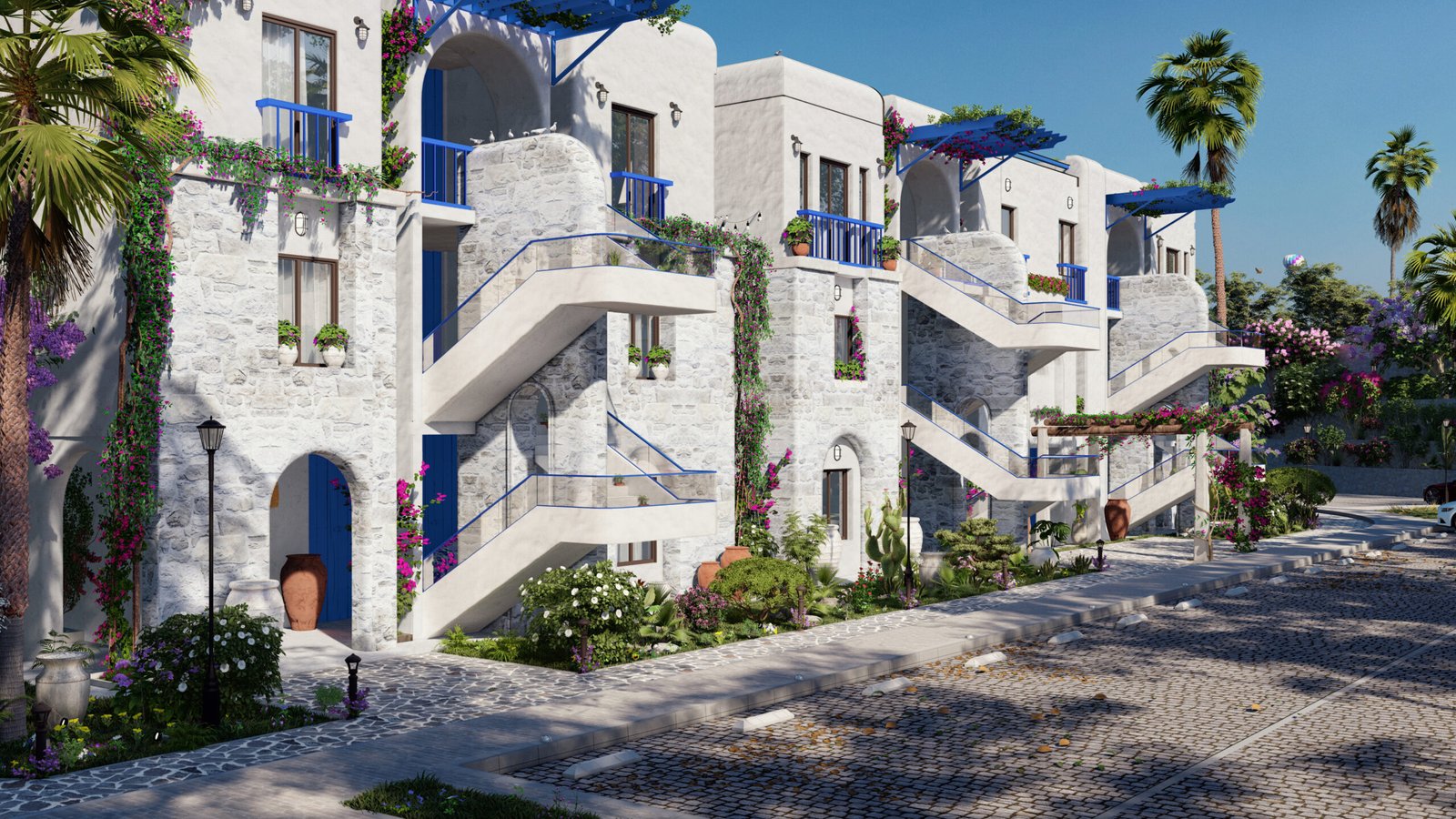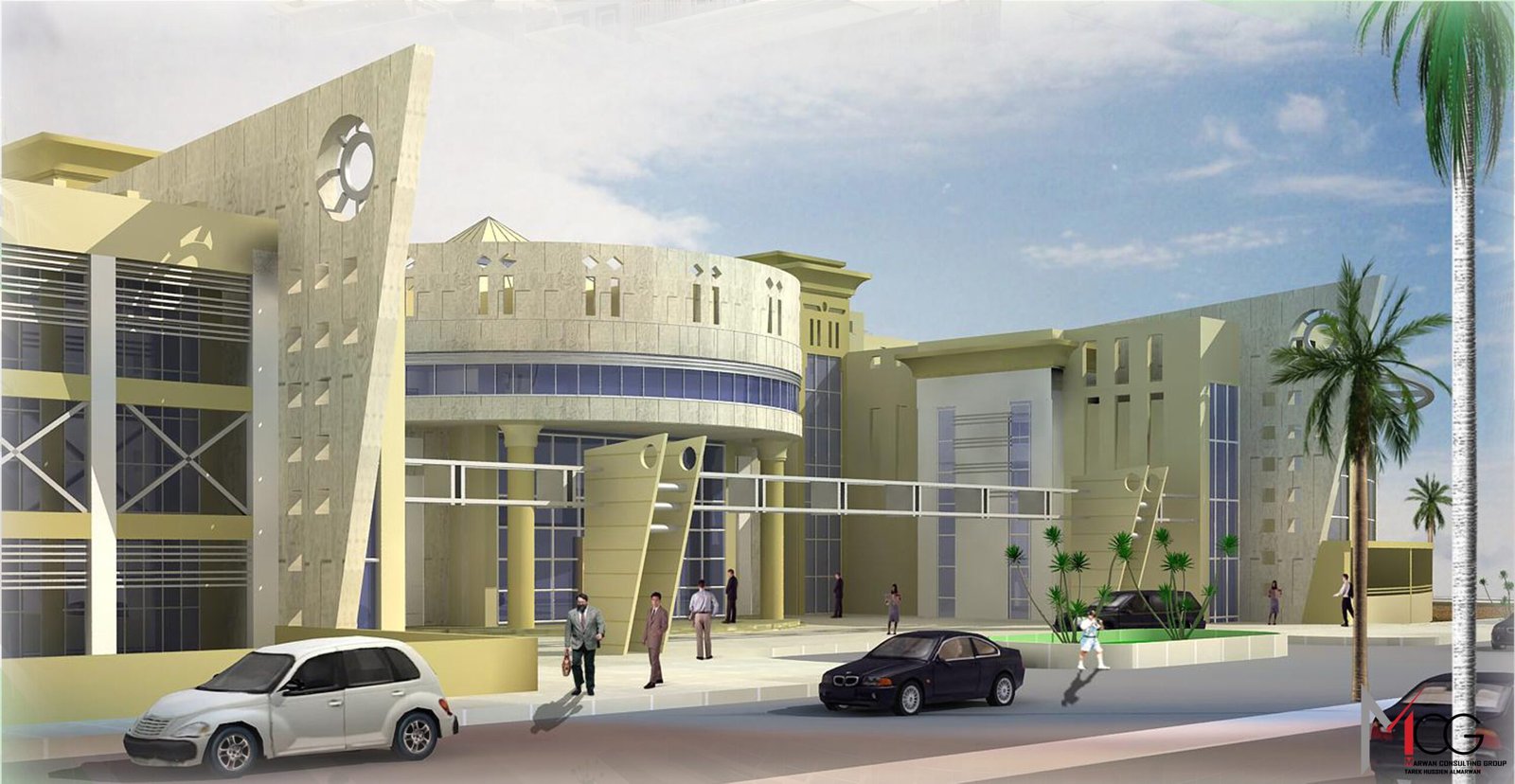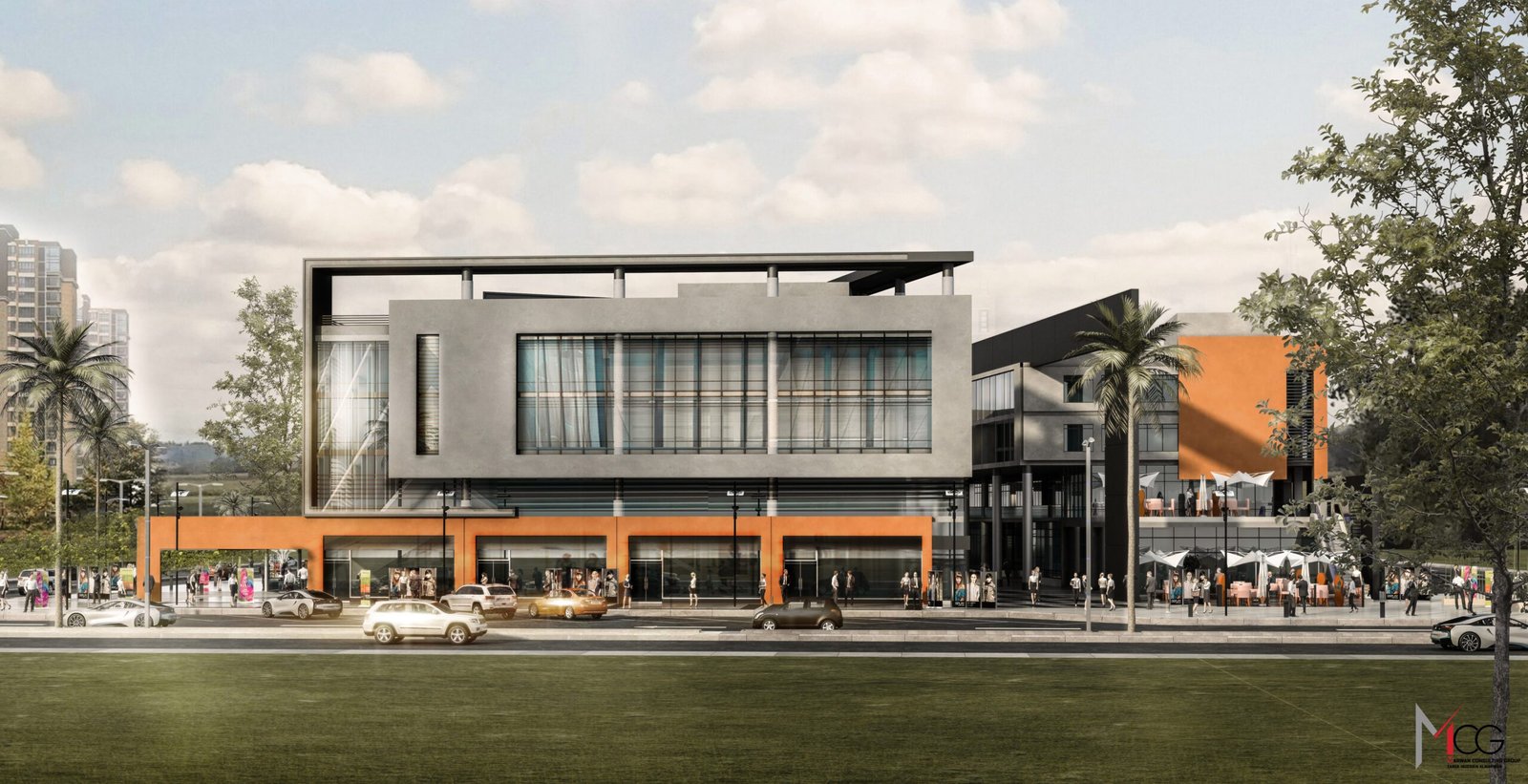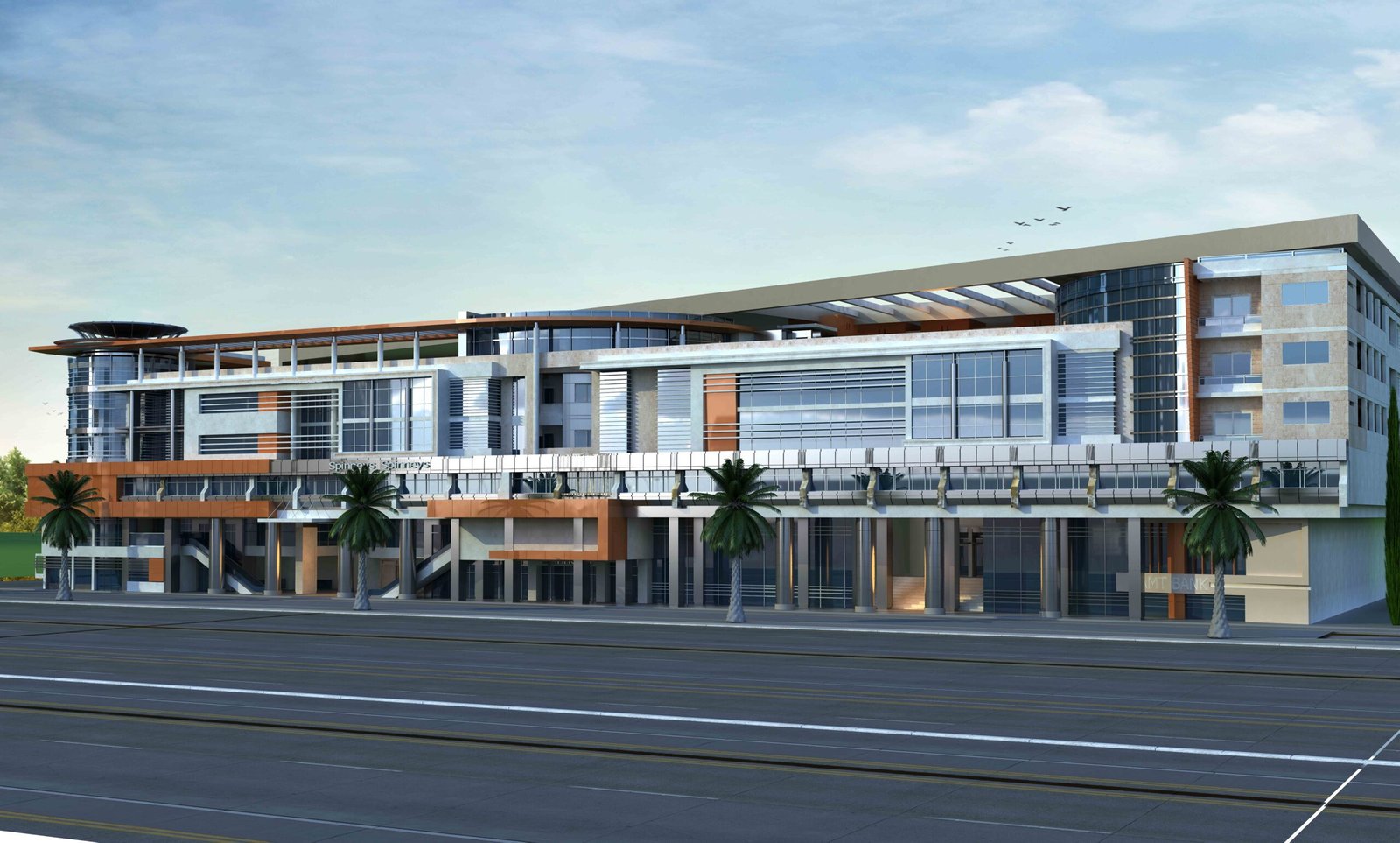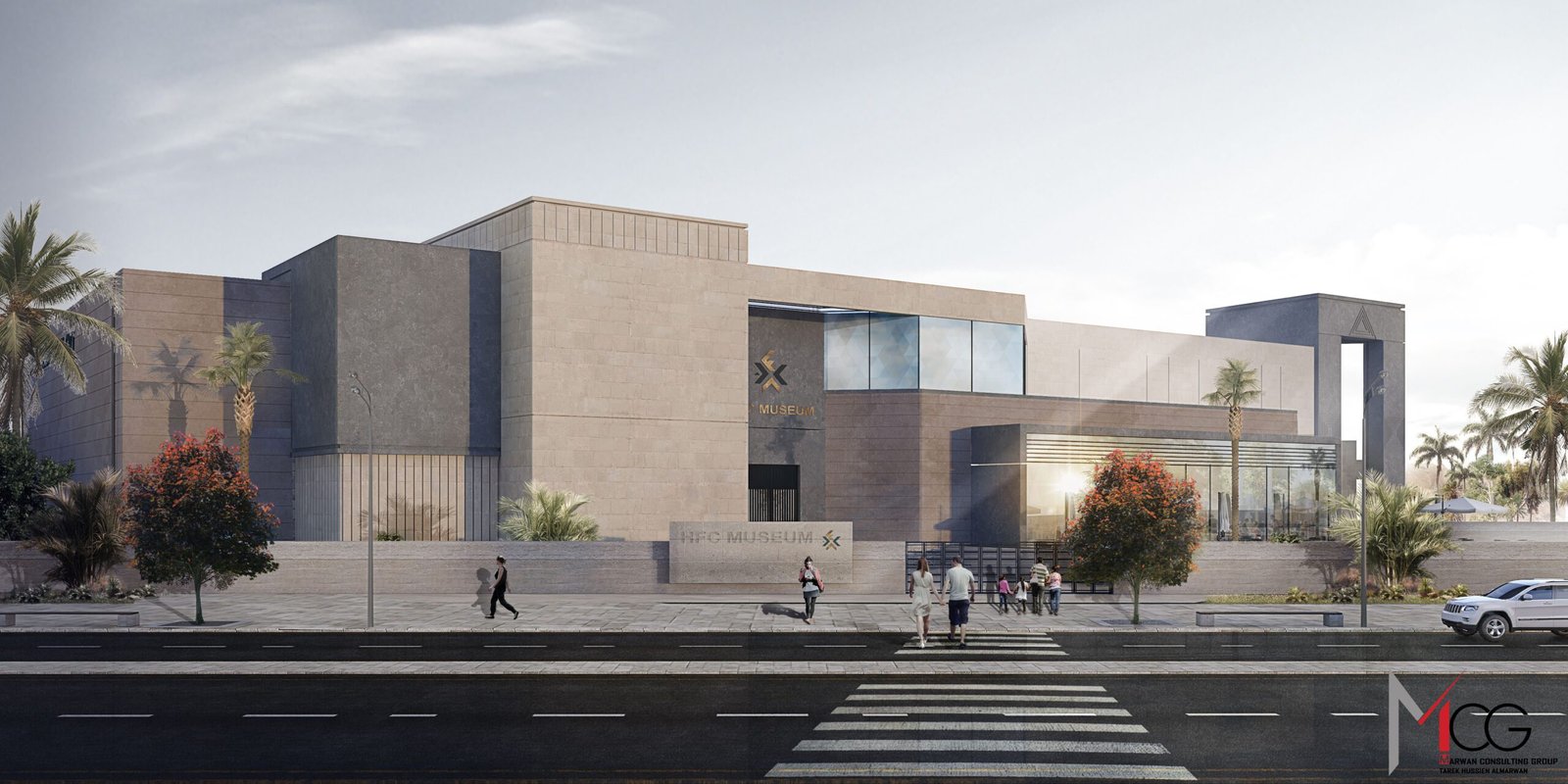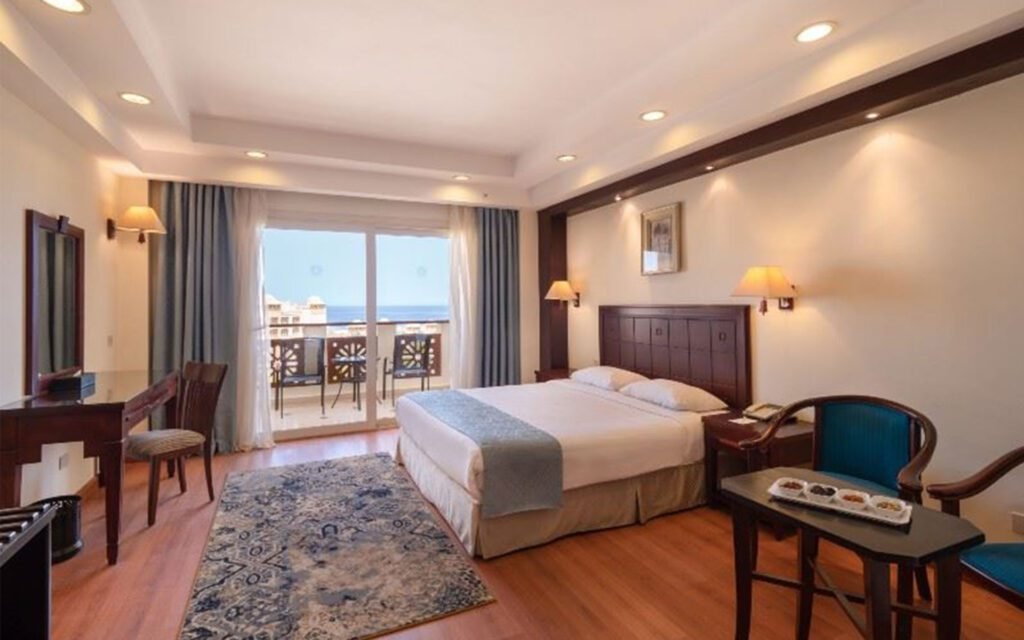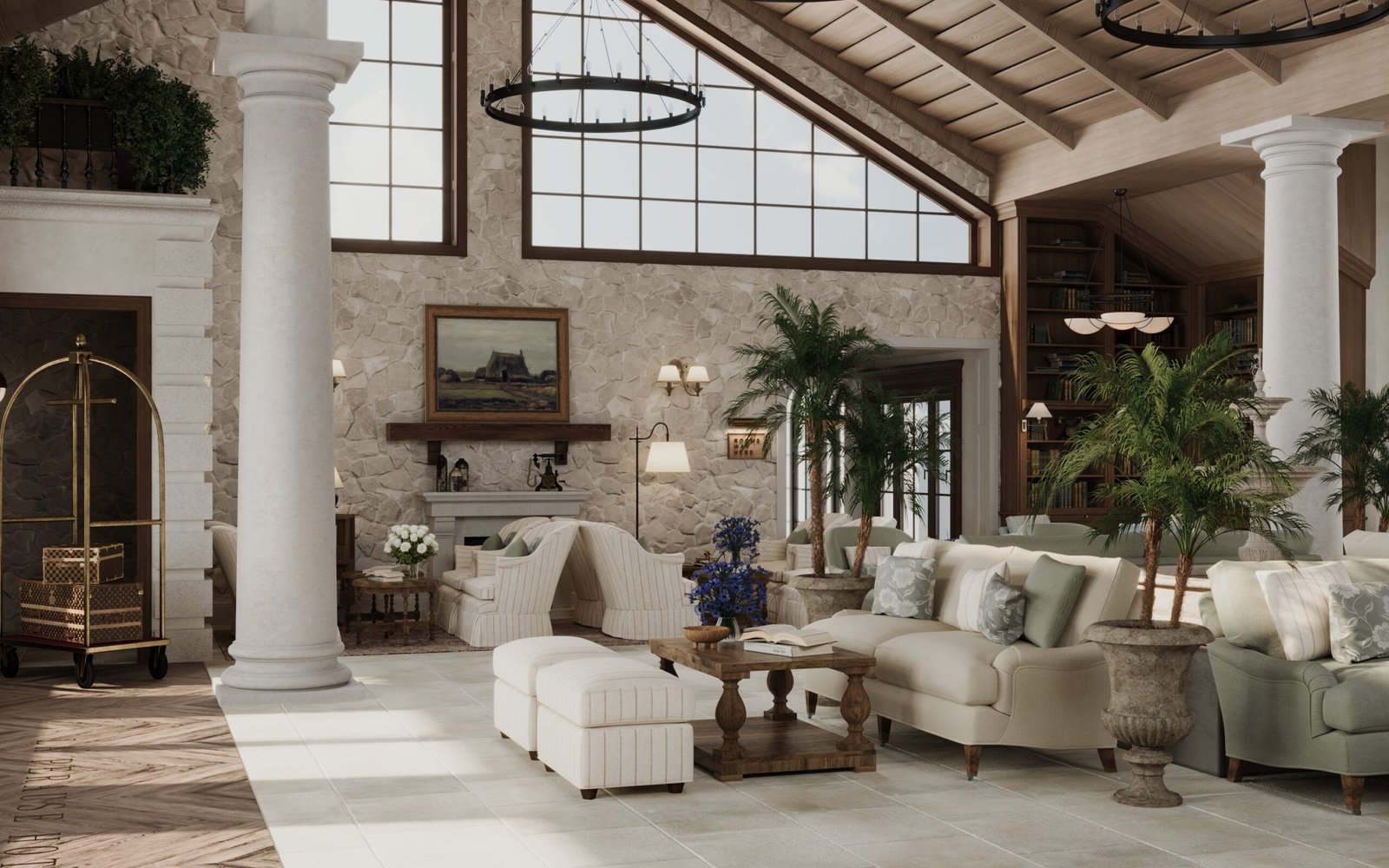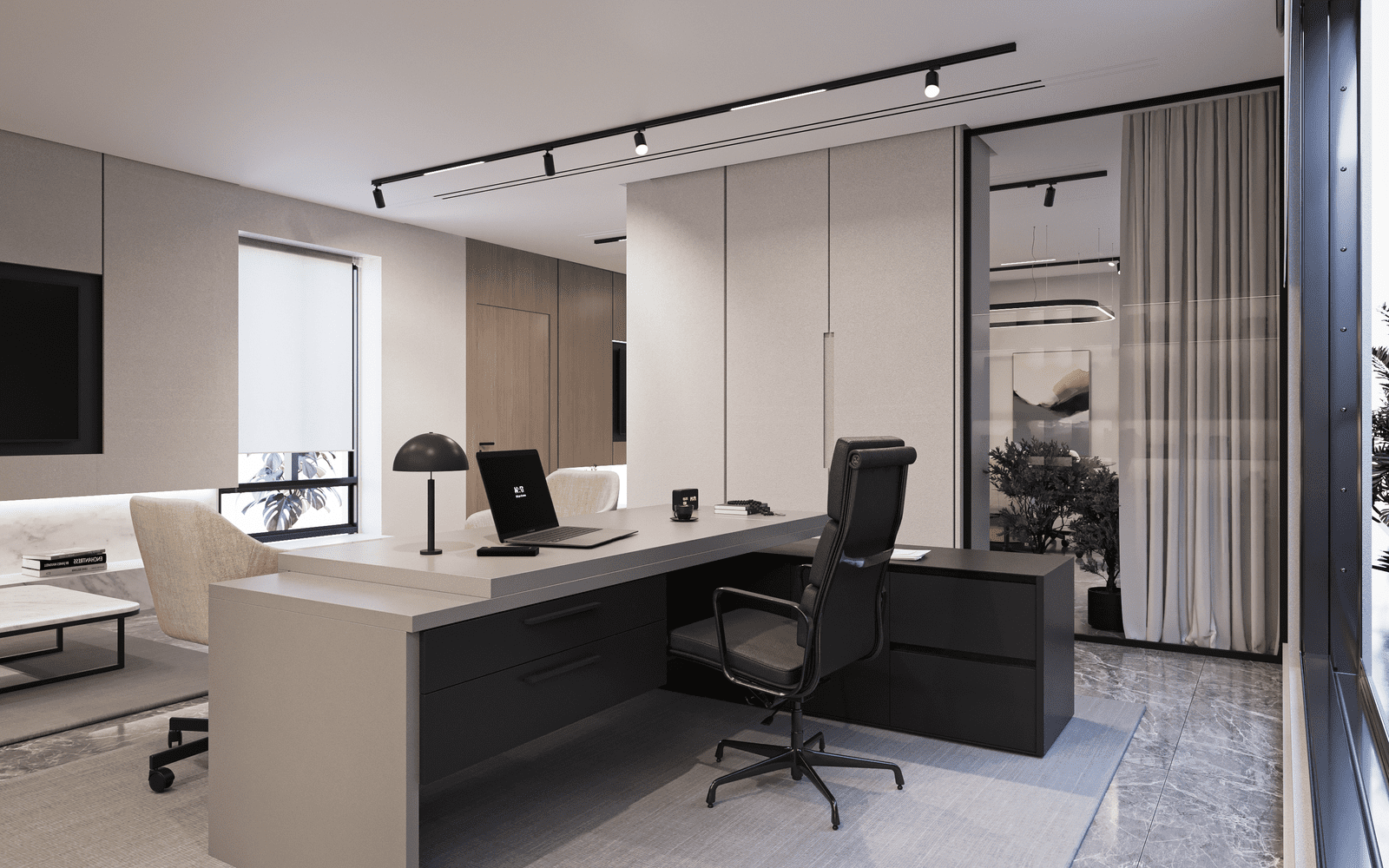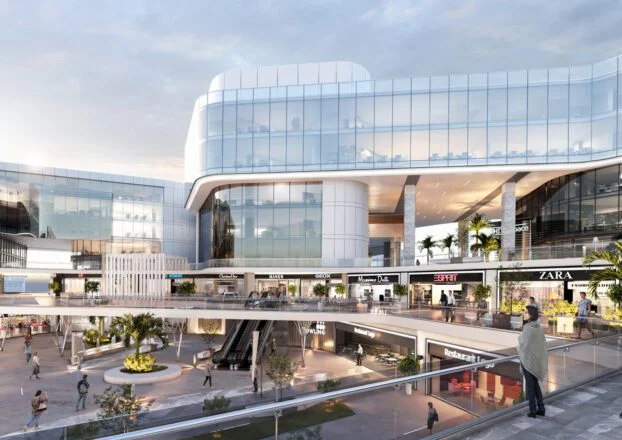
Villa ElHelal
Villa ElHelal
“Architectural Harmony: A Modern Vision of Urban Living”
This project represents a cutting-edge approach to modern architecture, prioritizing light, openness, and a strong relationship with nature. It successfully blends luxury, functionality, and environmental consciousness, making it a benchmark for contemporary urban living.
Client
EITC – Egyptian International for Tourism
Land Area
8,844 m2 (GFA)
Location
El Gouna , Hurghada
Built up Area
ca. 53,000 m3
Program
A boutique Hotel In El Gouna belonging to Maraya Developments by EITC
Status
Construction phase
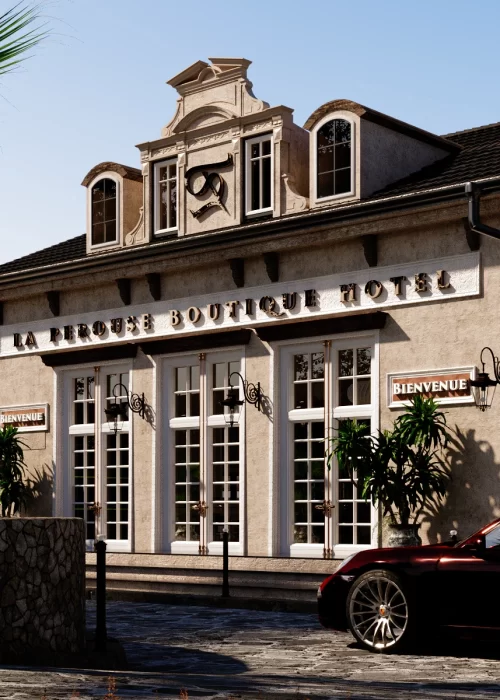
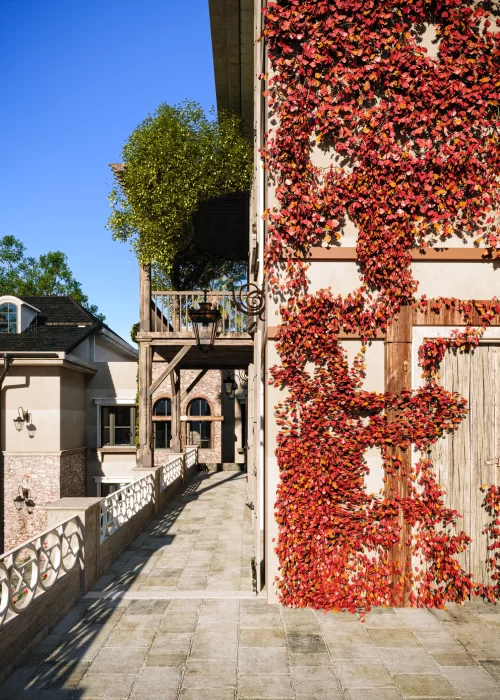
Project Overview
This project appears to be a modern, high-end residential or mixed-use development, likely situated in an urban setting. The design suggests a premium lifestyle offering, focusing on a seamless connection between built spaces and natural elements.
The overall massing and volumetric composition indicate a well-thought-out arrangement that maximizes both functionality and aesthetics. The presence of large terraces, expansive glass facades, and strategically placed voids suggests an emphasis on openness and light penetration.
Design Philosophy
The project’s architectural philosophy is driven by a combination of minimalism, spatial fluidity, and biophilic design principles. The core ideas behind this approach seem to be:
- Integration with Nature & Outdoor Living
- The generous balconies and terraces suggest a priority for outdoor spaces.
- The use of greenery on different levels (possibly rooftop gardens, planter boxes, or green walls) indicates an effort to balance urban density with nature.
- The large, panoramic windows further reinforce this connection, offering expansive views and bringing in natural light.
- Light, Transparency & Spatial Fluidity
- The project uses a lot of glass, allowing natural light to penetrate deep into the interiors.
- This transparency creates an open, airy atmosphere, making spaces feel more expansive.
- The use of double-height spaces or atriums in certain areas suggests a design that emphasizes grandeur and openness.
- Clean Lines & Minimalist Aesthetics
- The geometric massing, with strong horizontal and vertical elements, reinforces a modern, sophisticated look.
- Material choices (such as exposed concrete, glass, and metal elements) support a sleek and contemporary design language.
- The absence of excessive ornamentation suggests a focus on form following function.
- Integration with Nature & Outdoor Living
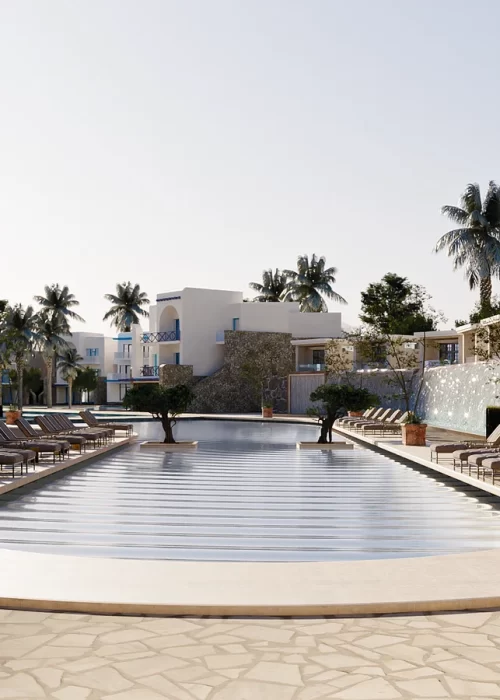
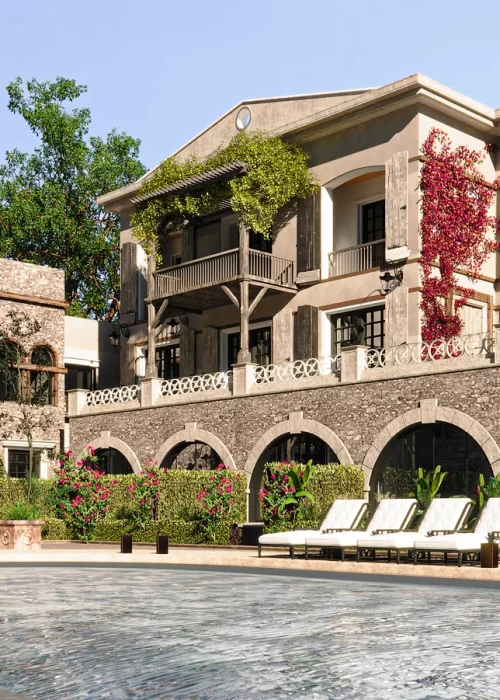
Design Features
Façade Treatment & Materiality
- The building showcases a dynamic interplay of solid and transparent surfaces, balancing privacy with openness.
- Materials like glass, concrete, and metal accents create a high-end, durable, and visually appealing aesthetic.
- The presence of recessed balconies, shading devices, or overhangs suggests climate-responsive design strategies that help mitigate heat gain while enhancing comfort.
Structural Composition & Massing
- The design exhibits a modular or grid-like arrangement, creating a sense of rhythm and proportion.
- The possible use of cantilevered elements adds to the visual dynamism, making the structure feel lighter and more engaging.
- Well-defined horizontal and vertical lines help create a balanced and proportionate massing.
Spatial Planning & Functionality
- The layout appears to maximize usable space while maintaining a sense of openness.
- The presence of large terraces, communal areas, or rooftop spaces suggests an emphasis on shared experiences and social interaction.
- Zoning within the building (e.g., distinct residential, commercial, or recreational zones) likely contributes to an efficient and organized living experience.
Sustainability & Smart Design Features
- Passive design strategies such as cross-ventilation, natural daylighting, and thermal massing are evident.
- The integration of greenery helps with urban heat island mitigation and air purification.
- The use of energy-efficient glass, shading devices, and possibly solar panels could indicate an effort towards sustainability.


